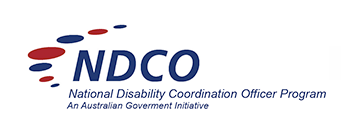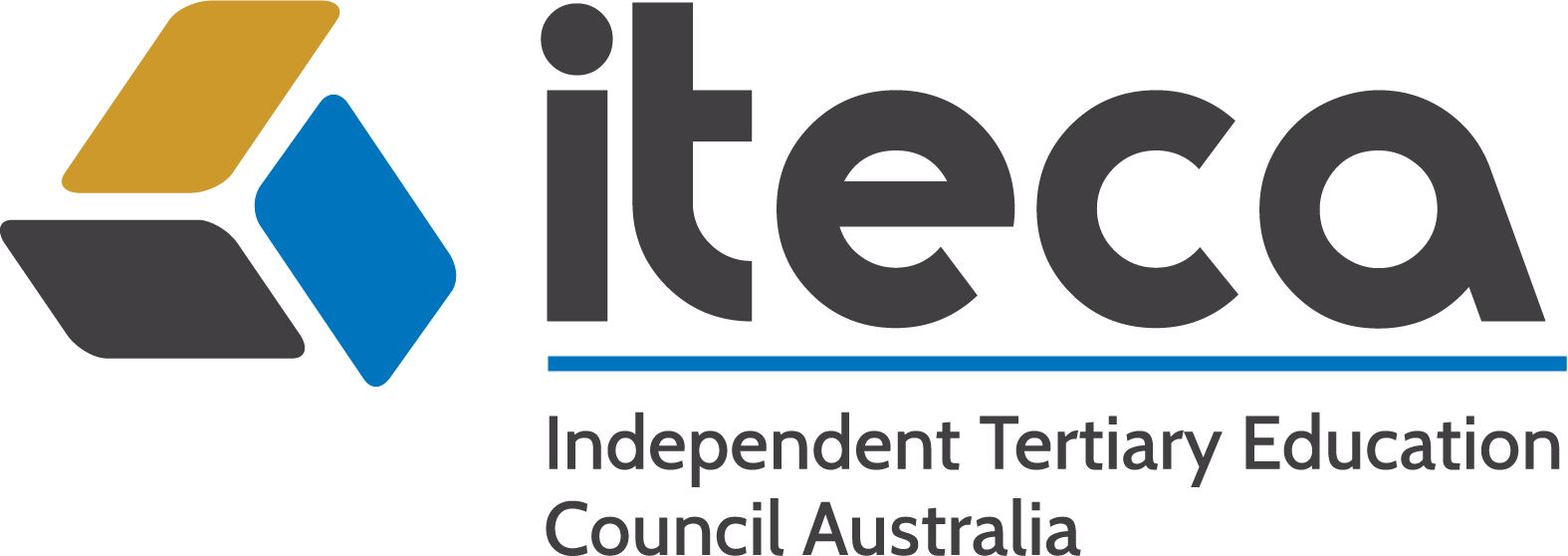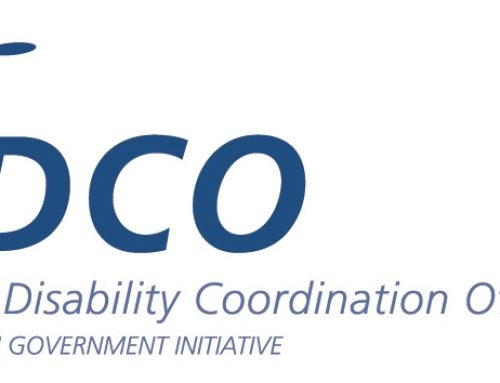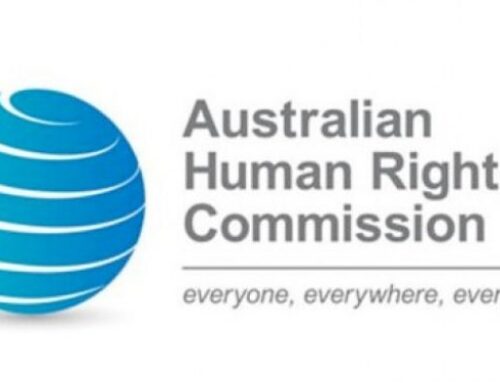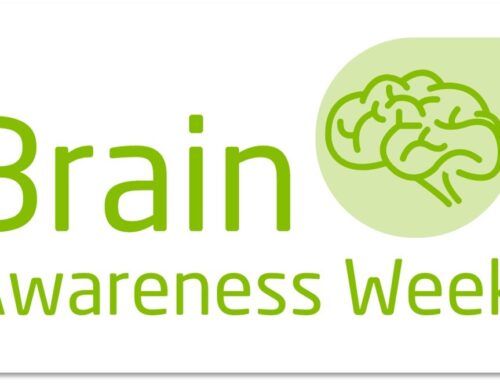ITECA – VET In Schools Strategy & Funding Under The Microscope
Troy Williams, ITECA Chief Executive — 19 July 2021
With the Australian Government contemplating a new strategy for vocational education and training in secondary schools, and a skills new funding agreement being negotiated with states and territories, it’s an opportune time for independent Registered Training Organisations (RTOs) to get more involved in setting the direction of future policy.
According to data from the National Centre for Vocational Education and Research (NCVER), there are 235,750 VET in schools students across the country. Among those studying full qualifications, 15,315 students are undertaking a Certificate I; 132,595 are undertaking a Certificate II; 80,530 are undertaking a Certificate III; 3,860 are undertaking a Certificate IV; and 3,455 are undertaking a Diploma or higher qualification.
There is one stand-out jurisdiction in terms of the proportion of students in VET in schools’ programs, with Queensland having 79,200 (33.6% of the total) of all VET in schools students. In other jurisdictions, the number of students are: Victoria 51,300 (21.8%); New South Wales 46,900 (19.9%), Western Australia 38,000 (16.1%), South Australia 12,200 (5.2%), Tasmania 2,900 (1.2%); The Australian Capital Territory 2,700 (1.1%; and the Northern Territory 2,400 (1.0%). The most popular fields of study were for courses and units of study within the following training packages: Tourism, training and hospitality (33,380 students); Business services (29,845 students); and Sport, recreation and tourism (28,425 students).
There is broad agreement that the VET in schools program is an essential component of our secondary school and vocational education and training systems; however, the effectiveness of current VET in schools delivery frameworks is the subject of considerable debate. The Heads Of Agreement For Skills Reform, signed by the Prime Minister, Premiers and Chief Ministers in the second half of last year, committed to improving the quality and vocational relevance of VET in schools.
The Expert Review of Australia’s Vocational Education and Training System undertaken by Steven Joyce (released April 2019) noted that many schools treat VET as a ‘second-rate option’ for low-performing students rather than as a viable alternative pathway. This review acknowledged that there are great examples of schools developing opportunities for their students to complete VET certificates with high-quality trainers and facilities, delivered in close collaboration with local industry.
The Joyce Review made several recommendations concerning VET in schools delivery that address both regulation and industry relevance. Of interest to state and territory governments, and independent RTOs, was the recommendation that the Australian Government considers setting up a new national funding agreement for co-funding VET in schools provision over time, with pricing to be determined by the National Skills Commission and the fund to be administered by State and Territory Training Authorities in partnership with the Australian Government. This recommendation is partly driving the Australian Government’s approach to negotiating the new skills funding agreement.
In addition, the Review also recommended that the Australian Skills Quality Authority (ASQA), and its counterpart regulators in Victoria and Western Australia, ensure regulatory activity applies equally to all RTOs delivering VET to secondary students. In this context, it is noteworthy that the 2020-22 ASQA Regulatory Strategy identifies VET in schools delivery as a focus area, with the regulator working to clarify the key risks associated with VET delivered in secondary schools and understand how they interact with the delivery models in each jurisdiction.
For independent RTOs that support students through VET in schools programs, it’s a dynamic and somewhat unstable environment. This lack of stability and consistency adds to the importance being placed on a new working group of education and skills government officials that will work to explore further reform options. These options include considering the development of a National VET in Schools Strategy.
The great news is that independent RTOs have the opportunity to understand the changes to the regulatory and funding environment through the ITECA VET In Schools Interest Group. The next meeting allows members to discuss the development of a new strategy with staff from the Department of Education, Skills and Employment. The subsequent meeting allows ITECA members to meet with senior ASQA staff to review the approach being taken by the national regulator. Allied to these opportunities to engage with government are the quarterly series of ITECA Funded Provider Interest Group meetings where members meet with state and territory governments and can ask questions concerning VET in schools funding.
It’s certainly a time of change for independent RTOs that deliver VET in schools programs. What’s important is that the ITECA membership is empowered with the information to make informed business decisions and the influence to drive reform.
ITECA Membership – It’s a great time to get involved.
